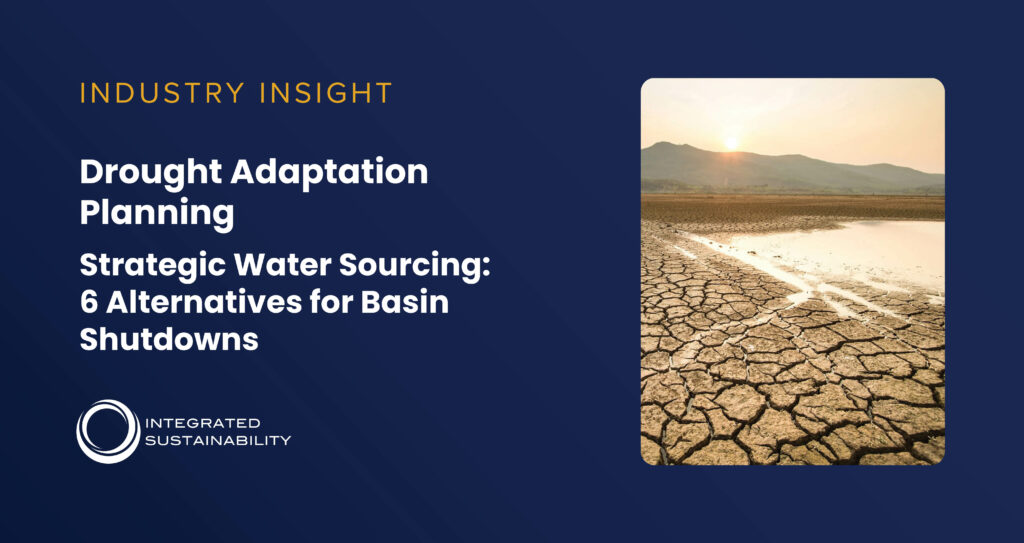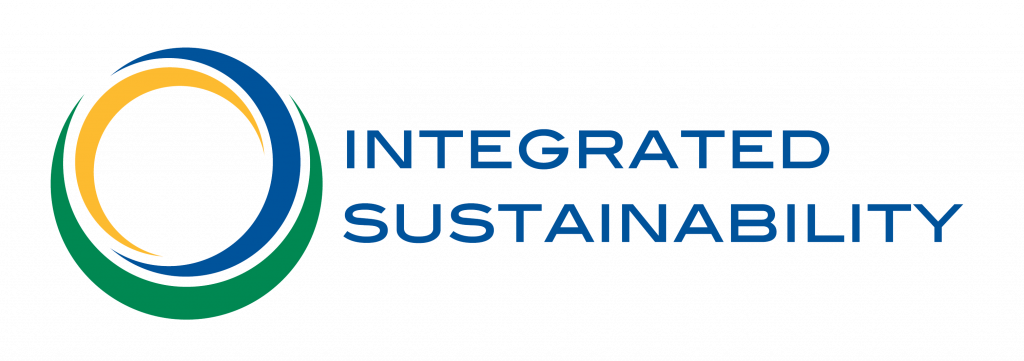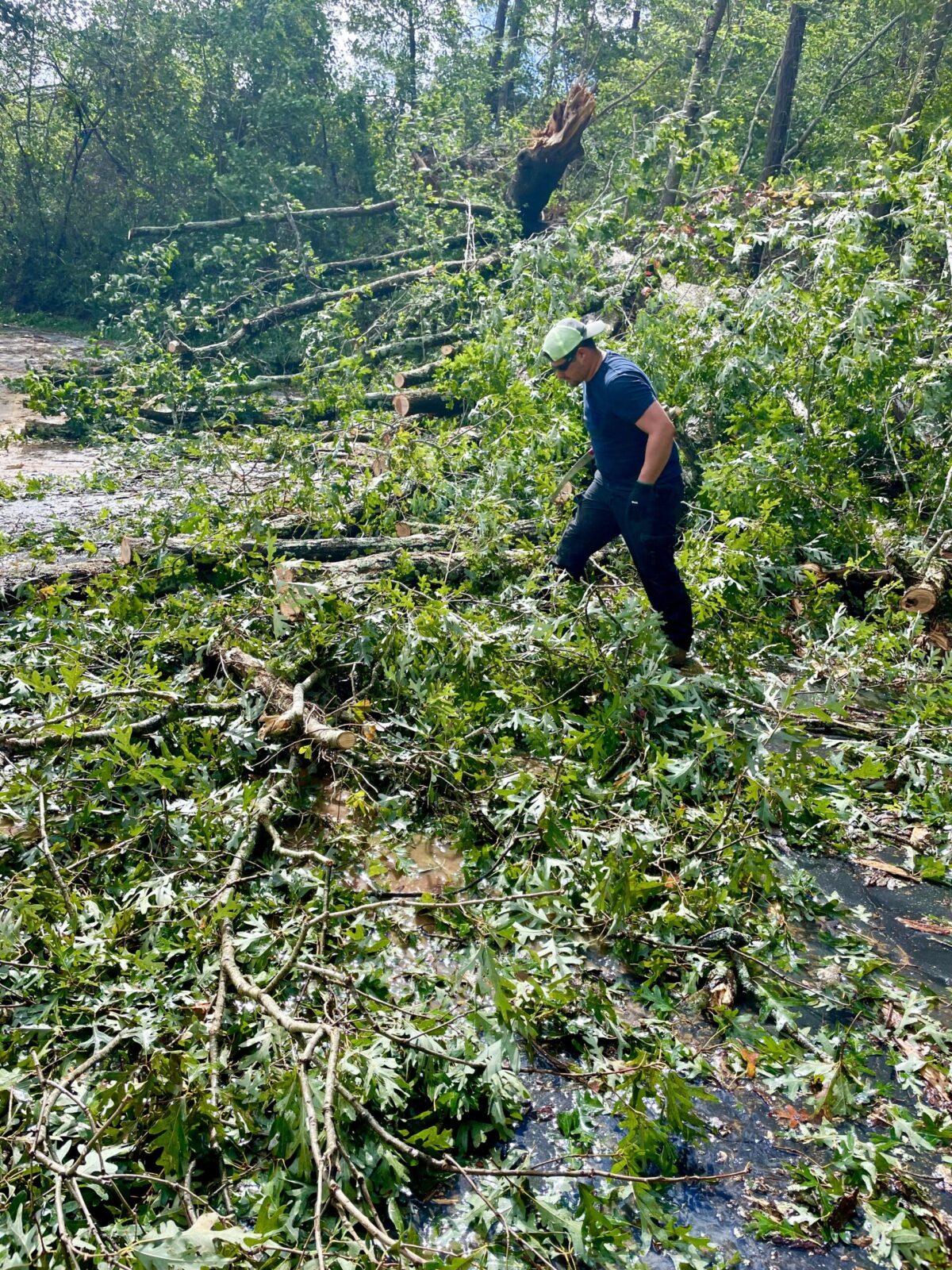Drought Adaptation Planning – Strategic Water Sourcing: 6 Alternatives for Basin Shutdowns
Due to the below average snowpack observed over the winter months to date, both Alberta and British Columbia are expected to experience severe drought conditions in the spring and summer. Water availability across several basins will be limited, and diversion restrictions for new allocations will likely be established. If your operations heavily rely on surface water, it’s crucial to develop alternative plans in the event of prolonged drought conditions leading to basin closures. Consider the following options:
- Fresh Groundwater: While at first glance an obvious option, fresh groundwater may also be at risk during drought conditions, and its accessibility may also be impacted by possible future regulatory restrictions. Ensure a comprehensive assessment of its availability and viability as an alternative water source.
- Produced Water Reuse: While there may be short-term challenges, treating (if needed) and reusing produced water to frack specifications is feasible. Temporary above-ground HDPE pipes can facilitate its conveyance and avoid trucking costs.
- Utilize Industrial/Municipal Effluents: Diverting large sources of effluents generated by industrial use is very feasible and there is a lot of precedent with the added benefit that this “engineered water” can cross basin lines. Understanding available sources, required wastewater treatment, transportation distances, and establishing commercial agreements are key challenges.
- Saline Groundwater: For those already recycling produced water, saline groundwater offers a relatively straightforward makeup water source. Even for those without produced water recycling infrastructure, establishing temporary facilities and above ground HDPE pipe is a viable 2024 option.
- Advanced Treatment Technology: Employ treatment technologies such as thermal distillation to convert produced water or saline groundwater into a new freshwater source that can be moved to point of use in conventional layflats.
- Convert Existing Infrastructure for Alternate Source: Convert existing freshwater storage infrastructure to contain alternative water sources. This can be done through application amendments, engineering, and civil construction activities. Converting existing infrastructure is traditionally much less expensive and time consuming than building new infrastructure.
Incorporating these strategic alternatives will enhance your resilience against basin shutdowns, ensuring continued operations in the face of challenging water supply conditions.
Water Licence Requirement Update: Water Shortage Response Plan (WSRP)
In response to the impeding water shortages in Alberta, we are expecting that water licence applicants and water licence holders will be required to prepare a WSRP as part of the application. The process outlined requires applicants to:
- Prepare a risk analysis to determine the likelihood of a project water shortage.
- Develop options for managing water shortage.
- Water shortage plan development (i.e. what are the steps you would take in a water short scenario).
Next Steps Towards Implementation
The transition from conceptualization to practical solutions for upcoming drilling and completions programs has straightforward processes and playbooks. Executing these solutions involves a blend of hydrology or hydrogeology, water chemistry analysis, regulatory application development, engineering, and/or procurement for establishing CAPEX/OPEX or rental costs, and field execution of tasks like water well drilling and testing.
Completing a water risk analysis will be a crucial first step in understanding your drought risk profile. This process involves developing a water demand schedule, reviewing existing and pending term licences, and graphically plotting reservoir/storage drawdown versus supply sources. A detailed analysis of asset drawdown and refill timing, coupled with a summary of water source risks and mitigation options, empowers you to proactively tailor your operations for adaptability in the face of drought conditions.
Integrated Sustainability was created to execute all phases of both the development and operation of water solutions. We have a proven track record of the following deliverables:
- Identification & Assessment of Alternate Sources
- Hydrogeological Evaluation & Drilling – Groundwater
- Produced Water Treatment for Water Reuse – Design/Build/Operate
- Conveyance & Storage – Design/Build/Operate
- Existing Infrastructure Conversion for Alternate Source Storage
- Water Use Reporting Data Management – GeoCATA
We have been providing Water Use Reporting data through GeoCATA since 2017, offering reference linkages between points of use and points of diversion, direct links to license documentation, and an extensive array of supporting infrastructure, production, hydrogeological, water, and environmental data for Western Canada.
Our commitment to delivering dependable and current information to meet the dynamic requirements of our users and stakeholders underscores why GeoCATA is a service typically included at no additional cost for our existing clients. With the anticipated severity of the impending drought in Western Canada, we’re extending a 6-month free trial of the GeoCATA platform.
Get in touch for more details on how this platform can support your understanding of Alberta’s water and environmental landscape.
Gordon Wilcox, M.A, B.A.
Data Architect | Random Acronym
1 (403) 680-8126
[email protected]
Integrated Sustainability will be hosting a webinar with subject expert panelists to discuss the alternatives for basin shutdown and practical steps toward implementation in more detail on Wednesday, March 6, 2024.
Questions? Contact Integrated Sustainability
Our dedicated team of water management specialists is ready to assist in developing a water strategy aimed at successfully mitigating the risk of water scarcity. Contact us today.
Ian Grant, M.Sc., P.Geo.
Manager, Water Resources
[email protected]
1 (587) 891-1329
Yves Matson
Director, Strategic Development
[email protected]
1 (587) 216-4949
Barry Prystawski
Director, Civil/Structural Engineering and Construction
[email protected]
1 (403-390-0558
Would you like to receive future industry regulatory updates?
Integrated Sustainability produces a monthly bulletin that highlights the most up to date regulatory changes and updates within the oil and gas industry in North America that the regulatory and environment team have been tracking over the past month. Email [email protected] to be added to the mailing list.
Share This:
Next Article






